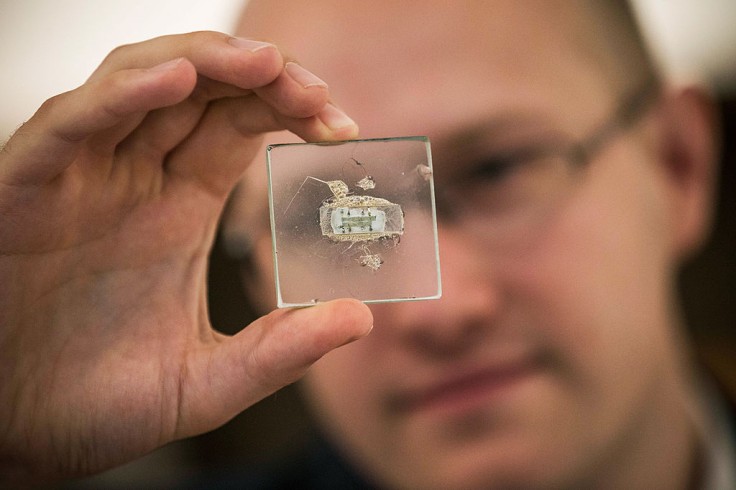
Synchron, a brain computer interface company, made a massive breakthrough in their microchip implants earlier this week. The team helped a paralyzed man "write" his first-ever tweet using direct thought to the computer!
According to Mirror, the man who pulled of this feat is Philip O'Keefe, a motor neurone disease patient who had a microchip implant on his brain. Philip had his chip implanted in April 2020, and he finally "shared" his thoughts to the computer on December 23.
To spread the amazing news, CEO of Synchron Thomas Oxley lent his Twitter account to Philip.
Microchip Brain Implant: Philip O'Keefe's First Tweet
Philip announced the breakthrough with a simple tweet. He said "hello, world! Short tweet. Monumental progress."
hello, world! Short tweet. Monumental progress.
— Thomas Oxley (@tomoxl) December 23, 2021
A lot of people on the internet were definitely surprised. Dr. Christopher Kellner even asked how Philip could control which thought he would type. Philip promptly replied, "through bci (brain computer interface)."
Through bci
— Thomas Oxley (@tomoxl) December 23, 2021
Philip later elaborated he did not need keystrokes or voice prompts. Instead, the whole tweet was made "just by thinking it."
no need for keystrokes or voices. I created this tweet just by thinking it. #helloworldbci
— Thomas Oxley (@tomoxl) December 23, 2021
Philip also shared that he hopes his experience could pave the way for "people to tweet through (their) thoughts" in the future.
my hope is that I'm paving the way for people to tweet through thoughts phil
— Thomas Oxley (@tomoxl) December 23, 2021
So Philip could take a break, Oxley regained control over his Twitter account shortly afterward. He thanked Philip's participation, who made a total of seven tweets and a few likes on the duration.
Thank you Philip! You are inspiration to us and absolute legend! We have loved working with you. Thank you to everyone for joining. Phillip made 7 tweets, as well as several likes. He’s taking a break now and his daughter Bianca will try to get to the rest of the questions ❤️
— Thomas Oxley (@tomoxl) December 23, 2021
Oxley also released a follow-up tweet about Philip's motor neuroprosthesis. He linked a detailed article about the topic.
Curious about how phil tweeted yesterday? check out how our motor neuroprosthesis works, including a demo from Phil: https://t.co/iZGydIVUOr #helloworld #bci
— Thomas Oxley (@tomoxl) December 23, 2021
Synchron Stentrode Brain Computer Interface
This new breakthrough is definitely something worth celebrating. It should be emphasized that technology like this can help patients who suffer from paralysis.
Once a person gets paralyzed, they lose a lot of independence for themselves. They are unable to engage in work-related activities because they are unable to move their limbs.
Note that motor neurone disease will vary on a case-to-case basis. Some lose control over their mouth and speech, while others experience it in their legs. The most common complaints refer to issues on the shoulders, arms and hands. Keep in mind that any of these conditions can make it hard for a patient to communicate their thoughts.
Mirror pointed out that Philip was the first person to successfully message the world on social media by direct thought. This happened thanks to the Stentrode brain computer interface or microchip implant that analyzed his brain signals and helped carry out the commands.
Microchip Implant as COVID-19 Vaccine Passport
Microchip studies have grown over the last couple of years. Aside from neurology, some researchers are also proposing to use this technology as a solution for COVID-19. Experts from Sweden emphasized this could be a quick and affordable method to actively monitor the spread.
For now, the studies are still progressing. More details about the topic are available in this article.









